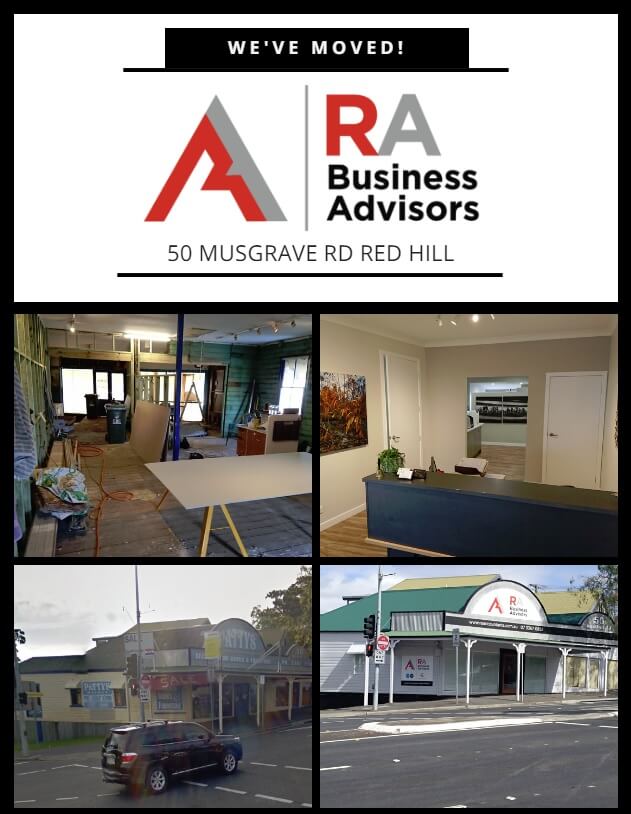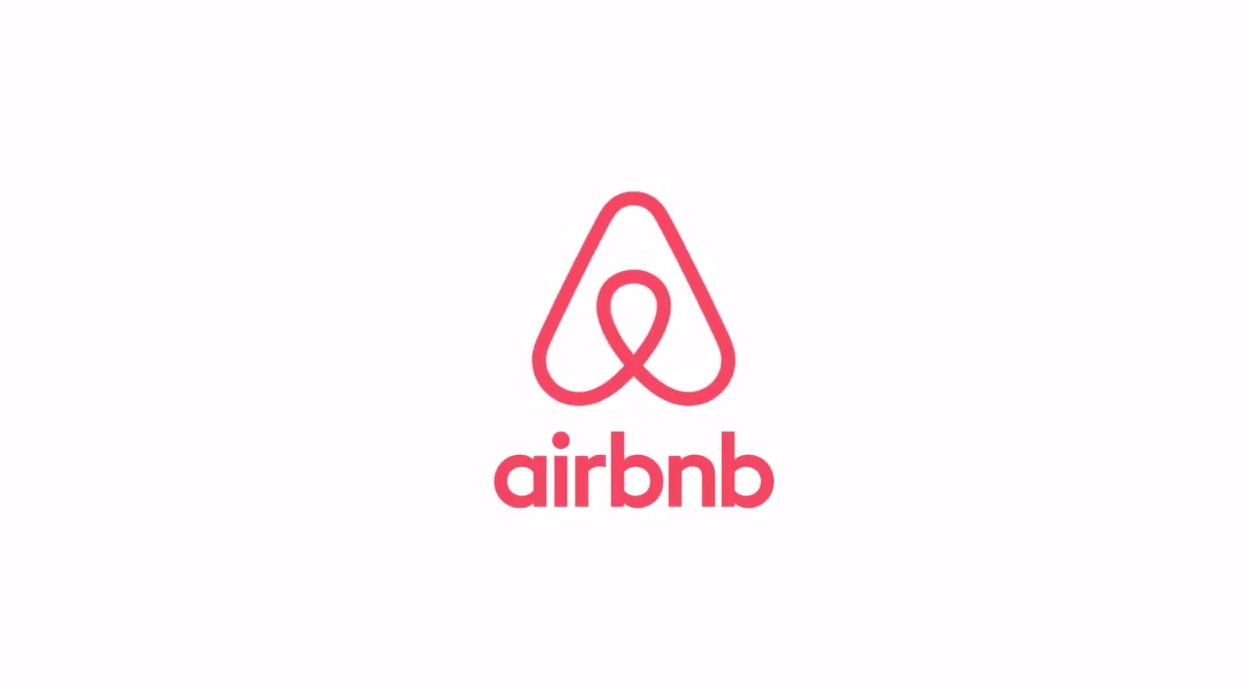Last week over 2,000 bookkeepers, accountants and software partners came together for the 2016 Xerocon South. Xerocon launched a number of new and exciting elements Xero had been working on including;
Consolidat8 Pty Ltd (AU)
Digit Books (AU)
Insightly
Figured
Futurebooks
• Your next clients will meet you on their mobile phone first
• Firms that write 16 or more blogs a month generate 3.5x more leads than those who don’t
• Work with bankers as they can provide you with clients as they help businesses start up and they need accountants
• Peak bank reconciliation time is 7:15am
• Banking and accounting are changing from dedicated tasks to on-the-fly, time-shifted tasks
One of the main topics of conversation was Artificial Intelligence (AI). Xero is looking to integrate AI to do all the bank reconciliation coding for clients. This is one less thing business owners will have to do and offers convenience and time-saving. As many business users are currently coding their accounts incorrectly, and accountants have to go use the ‘find & recode’ tool to fix, AI will make this process obsolete and streamline the productivity of both business and accountant. AI will learn to correctly code accounts and accountants will then be required to verify and check if it is being done correctly. This technology is a massive shift in eliminating coding, which has wasted millions of hours of small business’ time.
What does the platform mean for your business?
Watch Andy’s presentation here.



